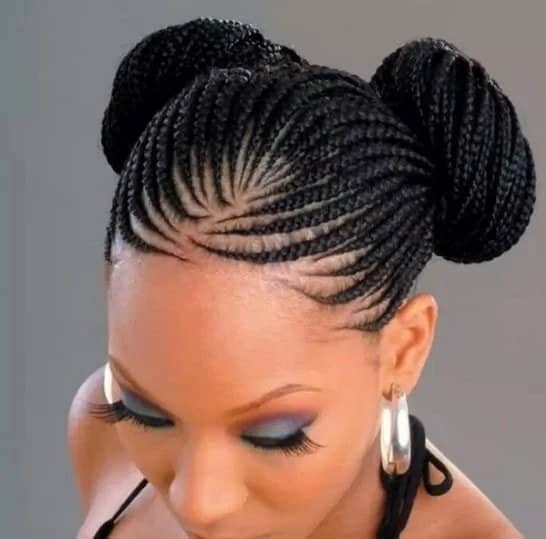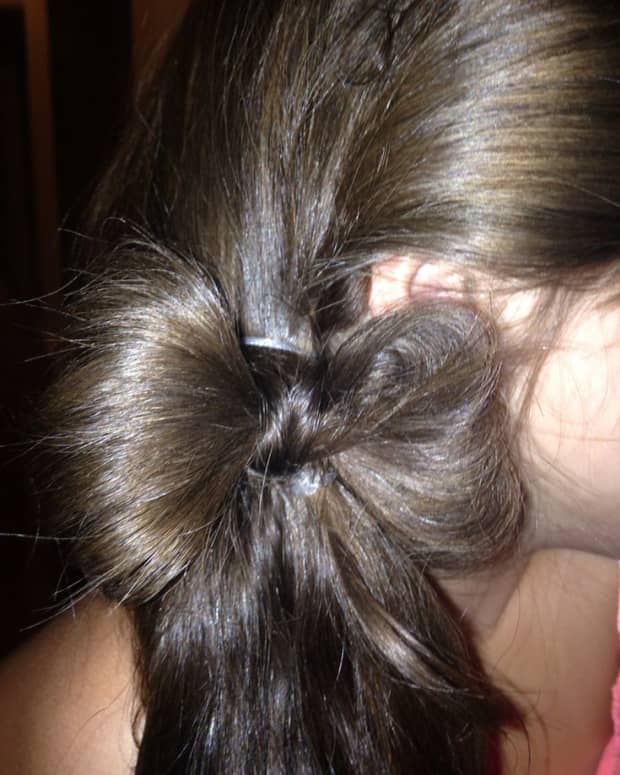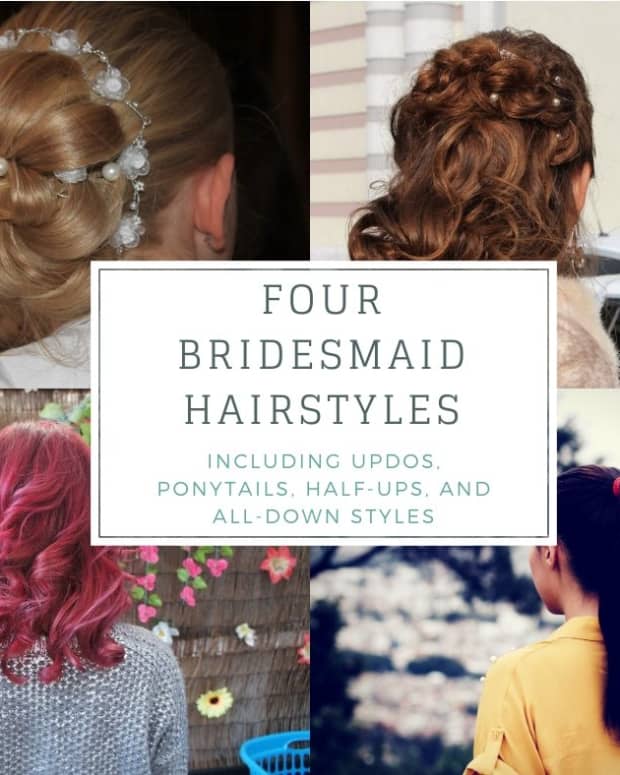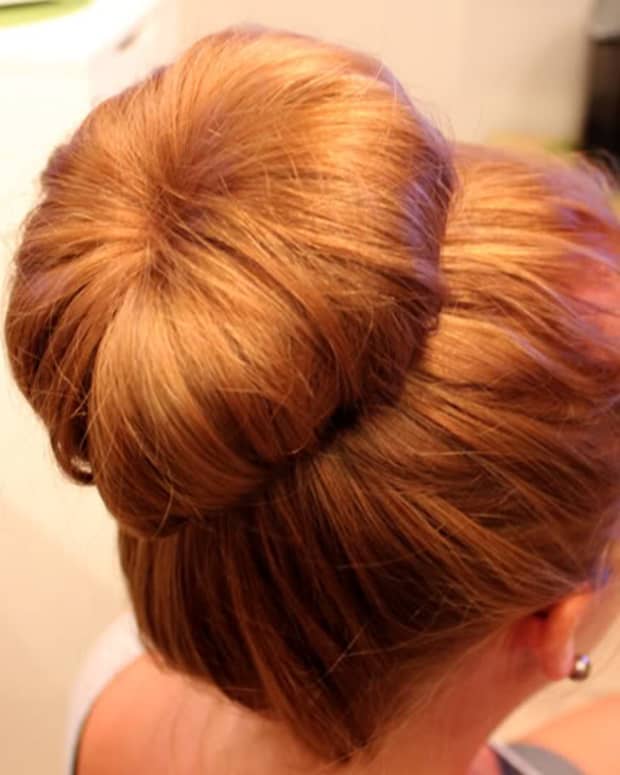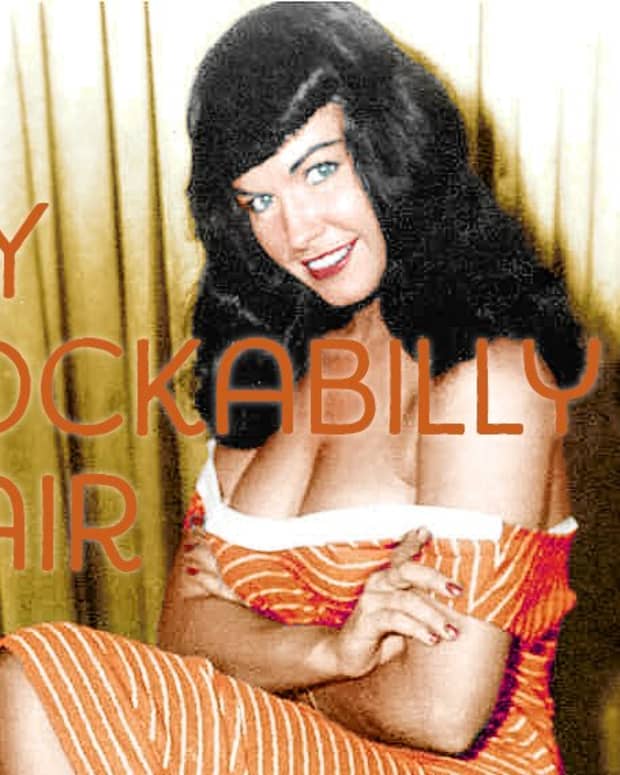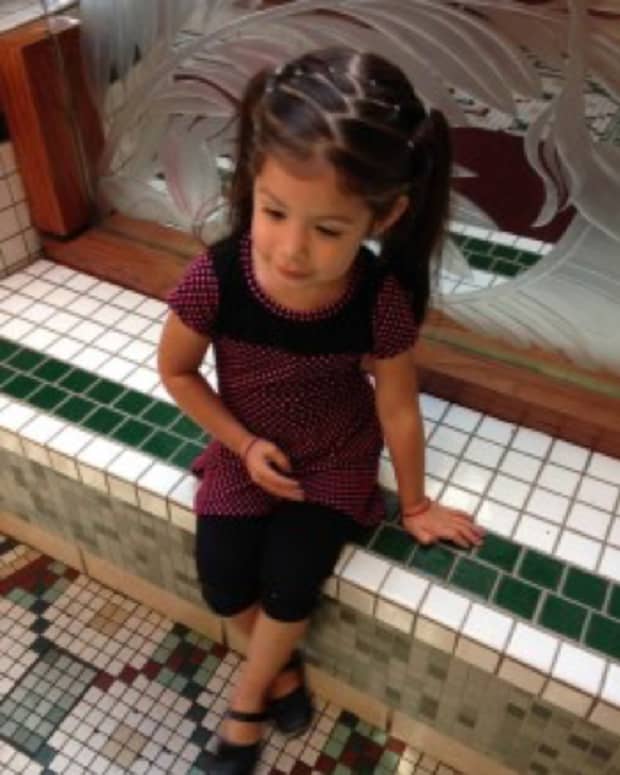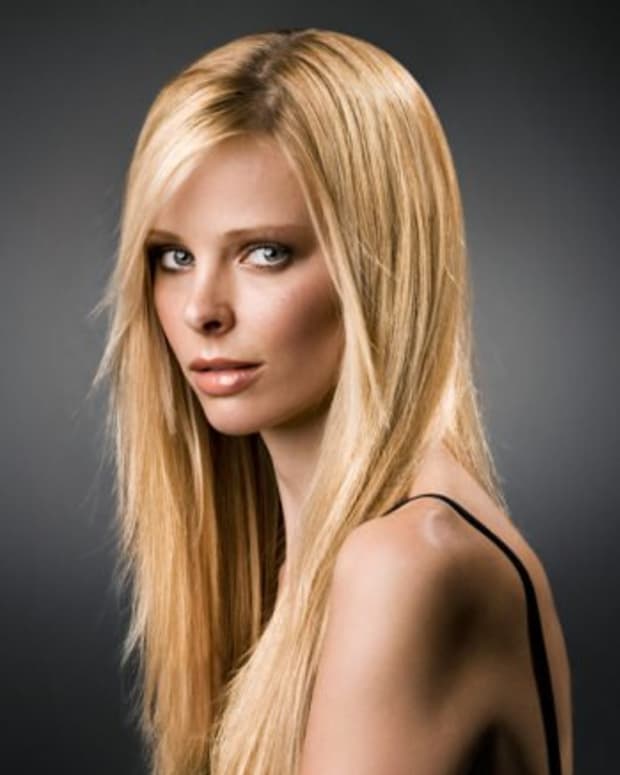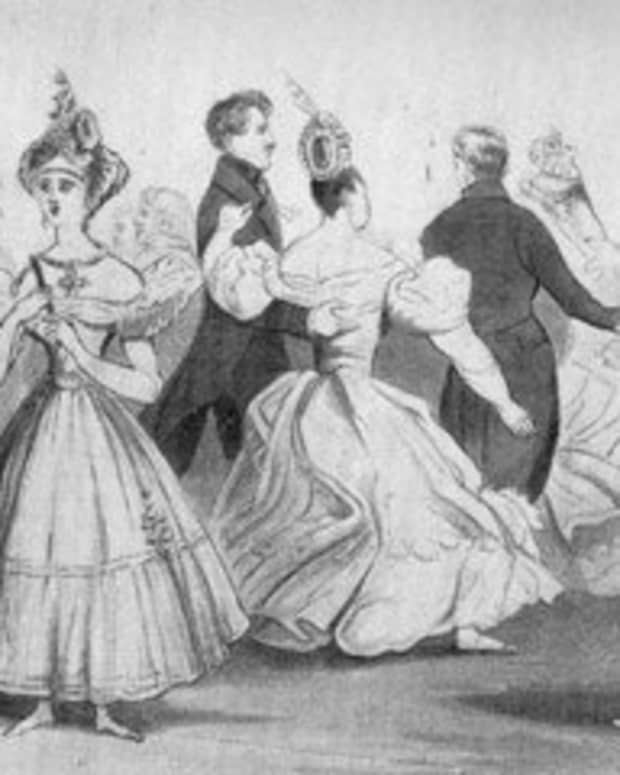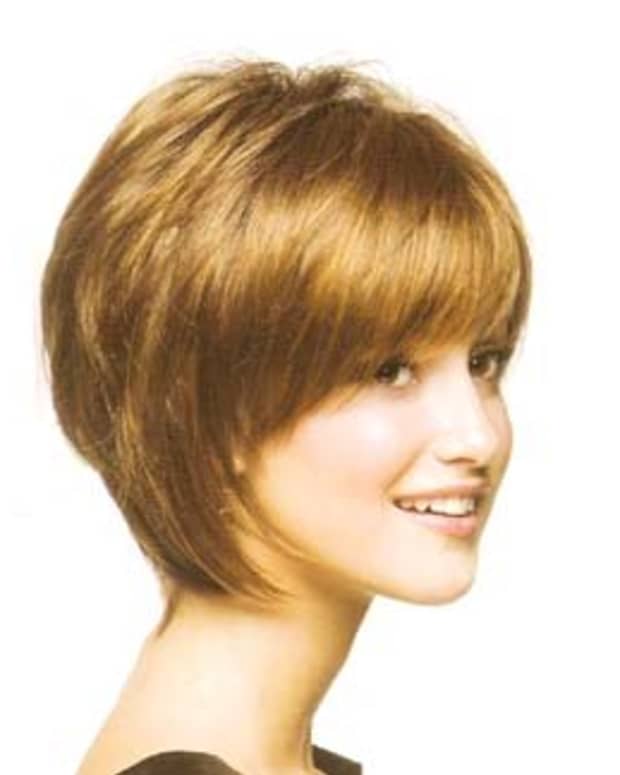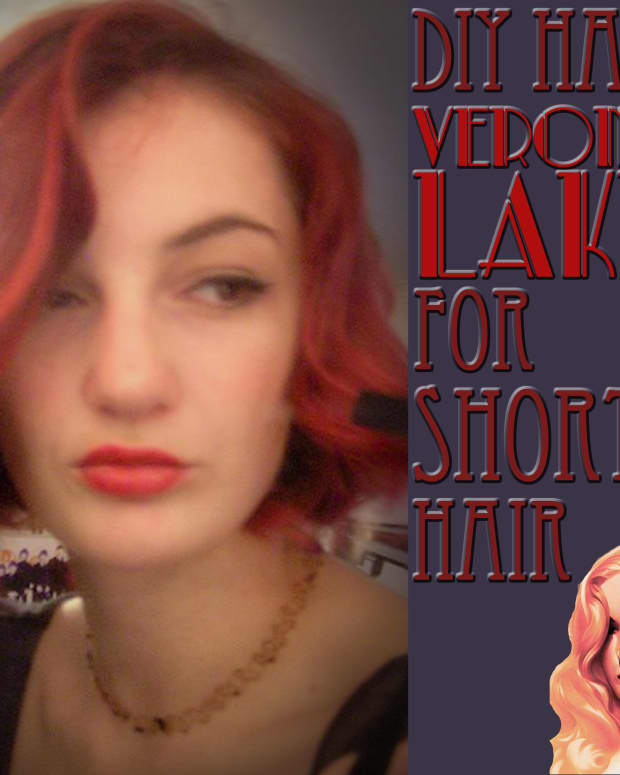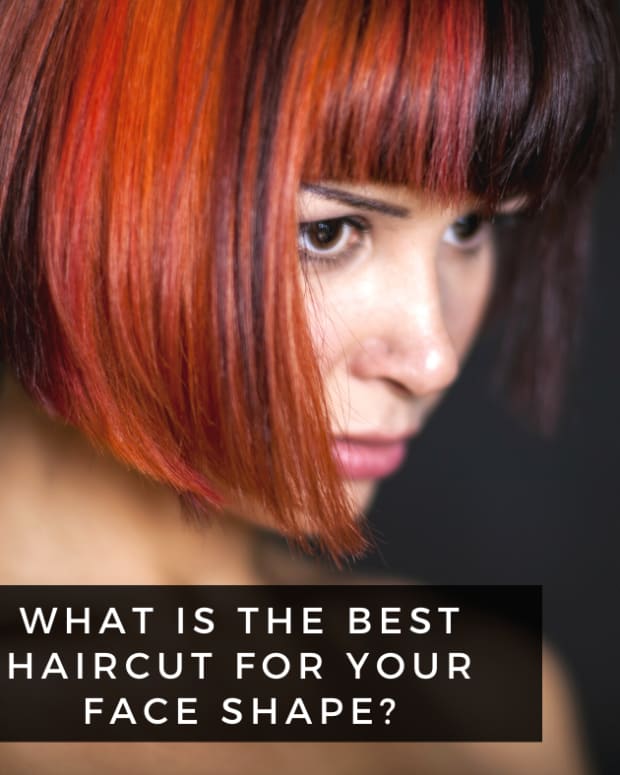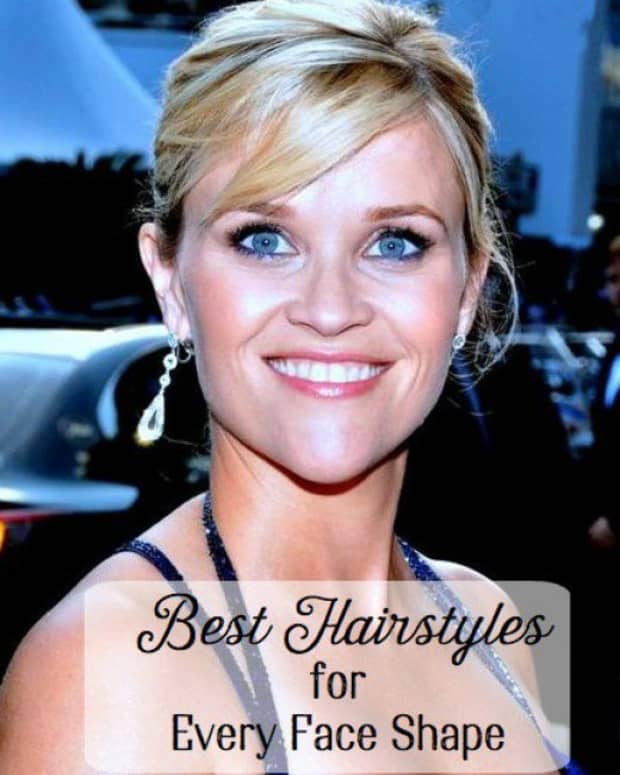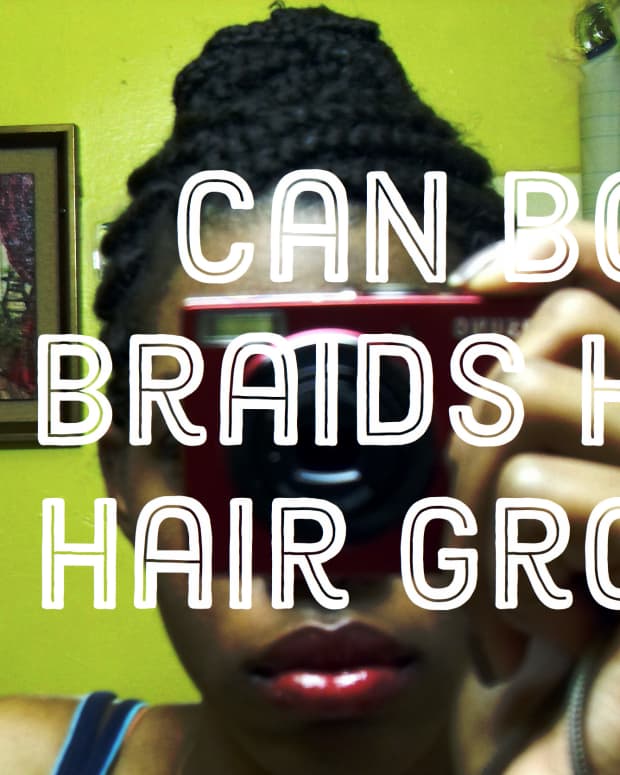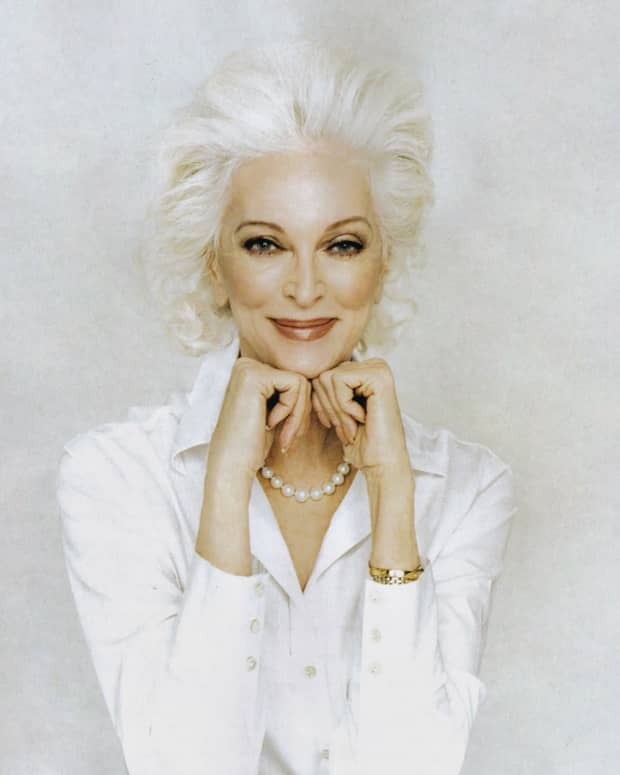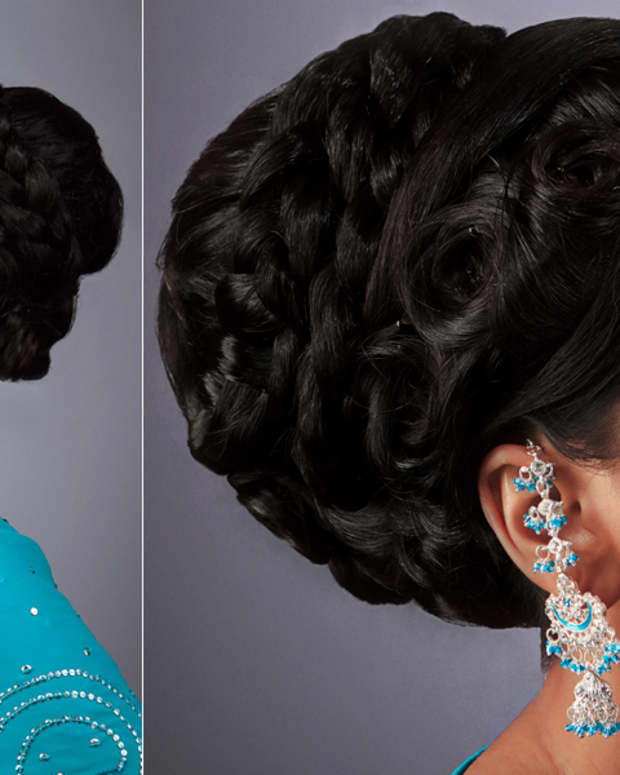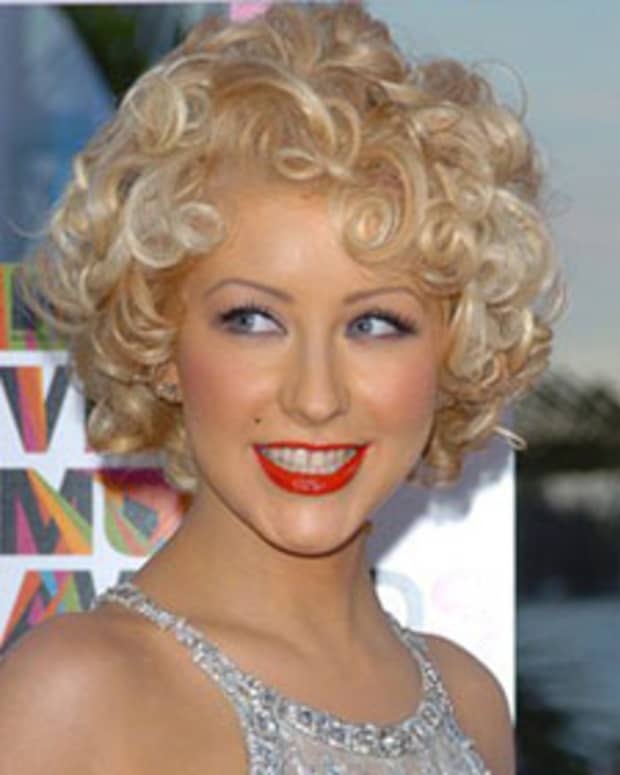Traditional Yoruba Hairstyles
This author loves to research and write about traditional cultures.
Beautiful Hairstyles From Yoruba Culture
The Yoruba people are one of the three major ethnic groups in Nigeria. They are predominantly scholars, farmers and traders.
The women are very creative when it comes to style, beauty, fashion and hair. Their history and folklore influence their traditional and even modern designs, which are generally grouped by styling method.
The two basic methods are handmade plaited hair (irun didi), and hair that is tied with thread or braided (irun kiko).
Traditional Styling Implements
Amazingly, these hairstyles are created using simple tools.
- Oya: a wooden comb with three teeth that come in various sizes.
- Local hair cream: traditionally used for braided styles.
- Plastic plaiting threads: used for variations of both braiding and weaving.
The Traditional Significance of Yoruba Names
Every Yoruba hairstyle has a significant name that celebrates an occasion, historical event or aesthetic design. Some signify social status, marriage, sophistication, youth or grieving, while others can represent social commentary.


Shuku
The shuku (a.k.a suku) hairstyle—which involves braiding to form a hump on top of the head—has a significant place in Yoruba hairstyling. There are many variations of this popular style.
This simple style is sometimes complemented with side plaiting. This hairstyle was traditionally reserved for the wives of royalty but is now common among young ladies, schoolgirls, and married women.
The simplicity of it makes it less time-consuming and easier to execute than other more intricate designs. Different types of suku are suku elegbe, suku na poi, suku onididi and suku sesema.
Others are sinero kiko, suku fula, suku ologede and twin suku. Some ceremonial suku have plaited braids that cascade down on all sides and are attached to the hump. Modern types of suku involve intricate plaiting to form flowers.
Eko Bridge
The Eko bridge hairstyle represents a bridge in Lagos, Nigeria. The stylist divides the hair into 10 or 11 sections. The thin braids are then twisted to form a bridge-like focal point above the head.
Roundabout
The hair is made to look like a road roundabout. The stylist divides the natural hair from the center of the head into small triangular sections, leaving the hair untouched at the back. They then plait with plastic plaiting threads from the middle of each triangle. Thereafter, the long strands are intricately woven into a circular design.
National Theatre
This hairstyle is to commemorate the building of the national theatre in Lagos, Nigeria. It features a depression in the center, resembling the monument.
Ogun Pari
Ogun pari literarily means 'end of the war.' The hairstyle was created to commemorate the end of the Nigerian Civil War.
Read More From Bellatory
The natural hair is divided into large sections and plastic plaiting thread is used to make long, thin braids. The braids are then bent into large arches, connecting the thin tops to the bottom of adjacent braids.




Ere
The Ere hairstyle identifies worshipers of the deity Esu. Esu is believed to protect travelers and have powers over fortunes and misfortunes.
The style involves a single, long growth of hair at the front or center of the head. The single-strand resembles a pigtail, which has religious significance in that faith.
Idari Apakan
This male hairstyle identifies members of the Aragberi clan. They are noted for ancient knowledge of magic and herbs. It also identifies members of the Mesa royal family of the old Oyo.
Ilari Osanyin
Some Yoruba believe that when a child dies before the age of 12, the spirit is reborn into their family. These abiku children have hair shaved on either side every two weeks.
This ritual honors the deity Osanyin, the god of medicine. Court messengers also wear this hairstyle.
Dada
The Dada hairstyle depicts the person’s spirituality. Some Yoruba believe that natural, dense hair has religious significance, so hair is often left to grow into dreadlocks from a young age. This hairstyle is associated with the deity Olokun. Parents believe that if they cut their children's hair, it may cause sickness or death.
Traditional Yoruba Hairstyles
List of Hairstyle Names in Yoruba
|
|
|
Patewo | Udoji | Brush Kiko |
Panumo | Onile Gogoro | Beri Beri |
Pakunpo | Alhaja | Aro Meta |
Agogo | Eko Bridge | Ikoto |
Abeti Aja | Edabo | Ade-Oba |
Ipako Elede | Danfo | Dada |
List of Hairstyle Names in English
Banana Leaf | Police Cap | Remo Carpet |
Scissors | Two Steps | Second All African Games |
Telephone Wire | Three Jolly Friends | Three Star |
Zigzag | Nigeria Drive Right | National Theatre |
Roundabout | Half Parting | Face Cap |
Face-to-Face | Back Parting | Coiling Penny |
Boys Follow Me | Baret | The King's Crown |
© 2017 femi
Comments
miss prisca on August 21, 2020:
VERY BEAUTIFUL
Aishat on July 23, 2020:
I love the modern hairstyle
Adeyi oluwafeyikemi on June 15, 2020:
I love learning more about my home town thanks very much.
chijioke miracle on June 11, 2020:
wow encouraging
femi (author) from Nigeria on June 06, 2020:
Am good
Mary farinola on June 05, 2020:
how are you?
Beauty chuene on November 28, 2019:
Wow nice
Tiamiyu Rukayat on August 14, 2019:
I really enjoy this page because it really helps me in my lesson note and project.
mercy on April 09, 2019:
lovely
femi (author) from Nigeria on March 04, 2019:
Its always good to learn about different tribes and traditions.
Kimmi on March 04, 2019:
I have a new friend from Nigeria and I think this is his language/tribe. I am from America and and know nothing about my African roots and am very ashamed of this. It is such an honor to learn our hair can not only defy gravity but also send message simply by the style. My hope is that in my lifetime our people in the states unite in some positive way and learn of our ancestery even if it may not be our true tribe, at least it is learning of our bloodline. Not continuing to learn European/western so called beauty.
Precious on February 24, 2019:
welldone. i really learnt a lot from this
Bolaji Uzoije M. D on August 07, 2018:
Lovely

